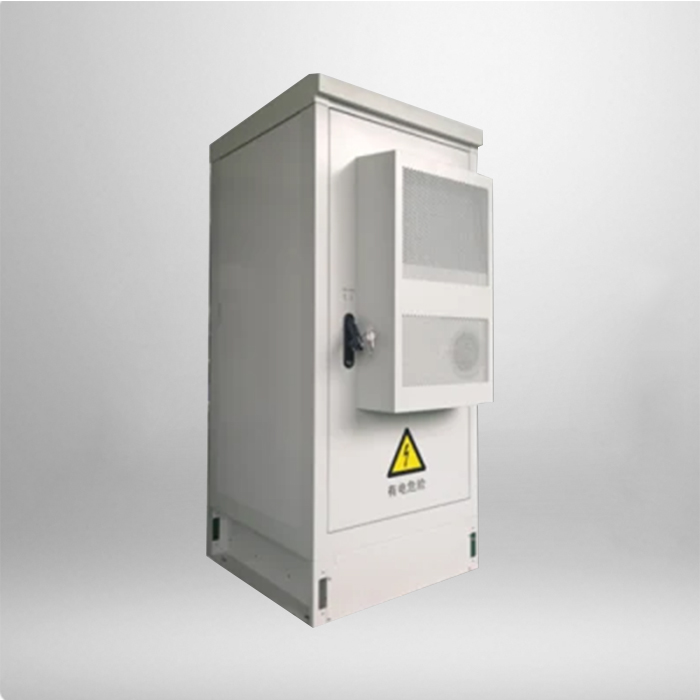
Outdoor telecom cabinets play a crucial role in the telecommunications infrastructure. Their functions mainly include the following aspects:
Equipment Protection
Weather Resistance: Outdoor telecom cabinets are designed to protect telecom equipment from harsh weather conditions such as rain, snow, wind, and sunlight. They are usually made of materials with good waterproof, dustproof, and anti-corrosion properties to ensure that the internal equipment operates stably in various outdoor environments.
Mechanical Protection: They safeguard the internal telecom devices from physical damage caused by external forces, such as impacts from construction activities or accidental collisions. The cabinets are often made of sturdy materials and have a solid structure to withstand a certain degree of mechanical stress.
Equipment Installation and Fixing
Space Provision: Telecom cabinets provide a dedicated space for installing various telecom equipment, such as switches, routers, power supplies, and communication modules. This allows for organized placement of equipment, making it easier for maintenance and management.
Standardized Installation: They usually have a standardized internal structure and mounting holes, which are convenient for installing different types of equipment according to certain specifications, improving the installation efficiency and neatness.
Cable Management
Cable Entry and Exit: Outdoor telecom cabinets are equipped with cable entry and exit ports, which are used to connect various communication cables, power cables, etc. These ports are designed to ensure a good seal to prevent water and dust from entering the cabinet through the cables.
Cable Organization: Inside the cabinet, there are cable management devices such as cable trays and clips, which can fix and organize the cables to avoid tangling and ensure the orderliness of the cable layout. This facilitates cable maintenance and fault detection.
Power Management
Power Supply: The cabinet is equipped with a power supply system to provide stable power for the internal telecom equipment. This includes power distribution units, circuit breakers, and surge protectors to ensure the safety and stability of the power supply.
Power Monitoring: Some telecom cabinets are also equipped with power monitoring devices, which can monitor parameters such as power consumption and voltage in real time, and send out alarms in case of power failures or abnormal conditions.
Environmental Monitoring and Control
Temperature and Humidity Monitoring: To ensure the normal operation of telecom equipment, the cabinet is usually equipped with temperature and humidity sensors. When the temperature or humidity in the cabinet exceeds the normal range, corresponding cooling or dehumidification measures will be taken, such as turning on the air conditioner or dehumidifier.
Security Monitoring: It may be equipped with security devices such as door sensors and cameras to monitor the opening and closing of the cabinet door and the surrounding environment in real time to prevent unauthorized access and ensure the security of the equipment.


